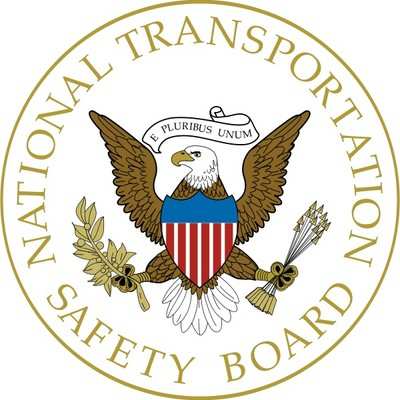Previous Owner Offered To Stay In The Airplane So The Pilot Could Perform Practice Takeoffs-And-Landings
Location: Wichita Falls, TX Accident Number: WPR22FA311
Date & Time: August 20, 2022, 13:31 Local Registration: N60JV
Aircraft: Smyth Sidewinder TD Injuries: 1 Fatal
Flight Conducted Under: Part 91: General aviation - Personal

On August 20, 2022, about 1331 central daylight time, a Smyth Sidewinder TD, N60JV, was substantially damaged when it was involved in an accident near Wichita Falls, Texas. The pilot was fatally injured. The airplane was operated as a Title 14 Code of Federal Regulations Part 91 personal flight.
The airplane’s previous owner stated that he sold the airplane to the pilot on the morning of the accident. The pilot’s friend dropped him off in Wichita Falls around 0900 and he was planning to fly the airplane to his home airport in Arkansas. That morning the previous owner and pilot reviewed the maintenance logbooks, airplane characteristics, checklist, operational features of the Garmin 560 GPS, and examined the airframe and engine. After a thorough review, the pilot purchased the airplane. Thereafter, they started the engine and completed a run-up. The previous owner offered to stay in the airplane so the pilot could perform practice takeoffs-and-landings. The pilot declined and the previous owner exited the airplane.
The previous owner and numerous other people at the airport witnessed the airplane depart runway 13. They observed the airplane align with the runway centerline and begin to accelerate. The pilot appeared to be making a 3-point takeoff with all the landing gear remaining on the runway surface. The airplane then became airborne at a slow speed and began a left turn, climbing to about 50-75 feet above ground level (agl). The airplane assumed a nose-high attitude and the left turn tightened. The airplane impacted terrain adjacent to the runway and erupted into flames.
The accident site was located in a fallow cotton-field adjacent to the runway. In character, the debris field was located on flat terrain with loose dirt and dry vegetation distributed over a 200 ft distance on a median magnetic bearing of about 95°. The main wreckage, consisting of the engine and the fuselage, came to rest inverted. The majority of the airframe was consumed by fire with the exception of the empennage and outboard right-wing.
The engine remained attached to the airframe by the engine mounts. The engine had been displaced left from the normal position due to the absorption of impact energy. Visual examination of the engine revealed that the engine sustained postimpact fire damage with no evidence of preimpact catastrophic mechanical malfunction.
Investigators completely disassembled the engine. The cylinder’s combustion chambers remained mechanically undamaged, and there was no evidence of foreign object ingestion or detonation. The valves were intact and undamaged. There was no evidence of valve to piston face contact observed. The gas path and combustion signatures observed at the spark plugs, combustion chambers and exhaust system components displayed coloration consistent with a postcrash fire. The left
and right magnetos were thermally consumed, and timing could not be ascertained. The carburetor was secured at the mounting pad. The throttle/mixture controls were found securely attached at their respective control arms. The metal float pontoons exhibited moderate hydrodynamic crushing,
Complete control continuity could not be verified due to the extent of the thermal damage to the cockpit. The forward rudder-control-cables were attached to their respective turnbuckles that were melted at the rudder pedal bar. The cables were continuous, through the pulleys, and attached at the aft control horn.
 Aero-News: Quote of the Day (12.11.25)
Aero-News: Quote of the Day (12.11.25) ANN's Daily Aero-Term (12.11.25): Nonradar Arrival
ANN's Daily Aero-Term (12.11.25): Nonradar Arrival Classic Aero-TV: David Uhl and the Lofty Art of Aircraft Portraiture
Classic Aero-TV: David Uhl and the Lofty Art of Aircraft Portraiture Airborne-NextGen 12.09.25: Amazon Crash, China Rocket Accident, UAV Black Hawk
Airborne-NextGen 12.09.25: Amazon Crash, China Rocket Accident, UAV Black Hawk Airborne 12.05.25: Thunderbird Ejects, Lost Air india 737, Dynon Update
Airborne 12.05.25: Thunderbird Ejects, Lost Air india 737, Dynon Update



